
👨🔬 RS DeepMind
Past:
👨🔬 R Midjourney 1y 🧑🎓 DPhil AIMS Uni of Oxford 4.5y
🧙♂️ RE DeepMind 1y 📺 SWE Google 3y 🎓 TUM
👤 @nwspk
How is this war in Gaza different to that war?
en.m.wikipedia.org/wiki/Falluja...

How is this war in Gaza different to that war?
en.m.wikipedia.org/wiki/Falluja...
The ProRL paper by Nvidia has shown that RL-based models can truly learn new things - if you run RL long enough!
arxiv.org/abs/2505.24864

The ProRL paper by Nvidia has shown that RL-based models can truly learn new things - if you run RL long enough!
arxiv.org/abs/2505.24864
That models fail here is a lot more interesting and points towards areas of improvements.
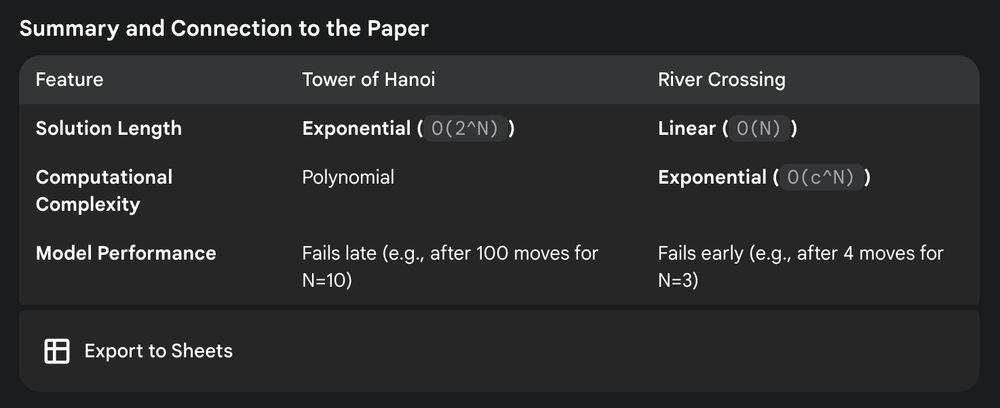
That models fail here is a lot more interesting and points towards areas of improvements.
However, I don't think the other games hit the same issues. If we look at River Crossing it seems to hit high token counts very quickly:

However, I don't think the other games hit the same issues. If we look at River Crossing it seems to hit high token counts very quickly:
@scaling01 has a nice toy model that matches the paper results:

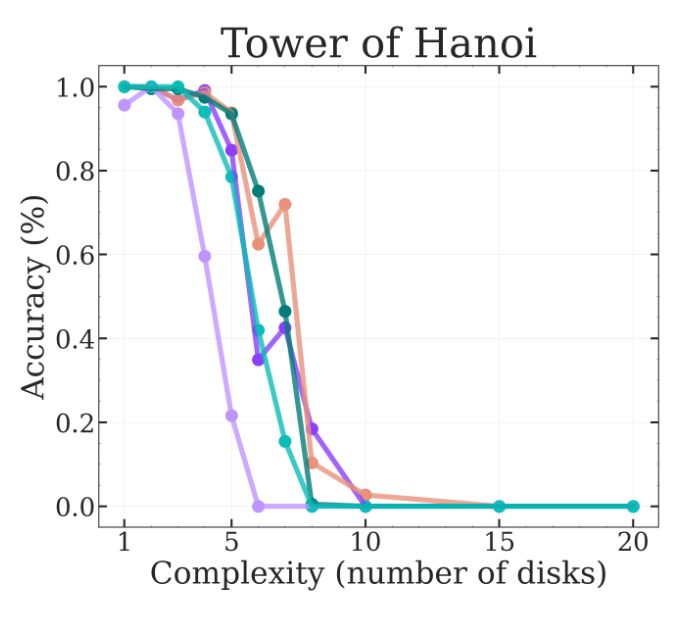
@scaling01 has a nice toy model that matches the paper results:
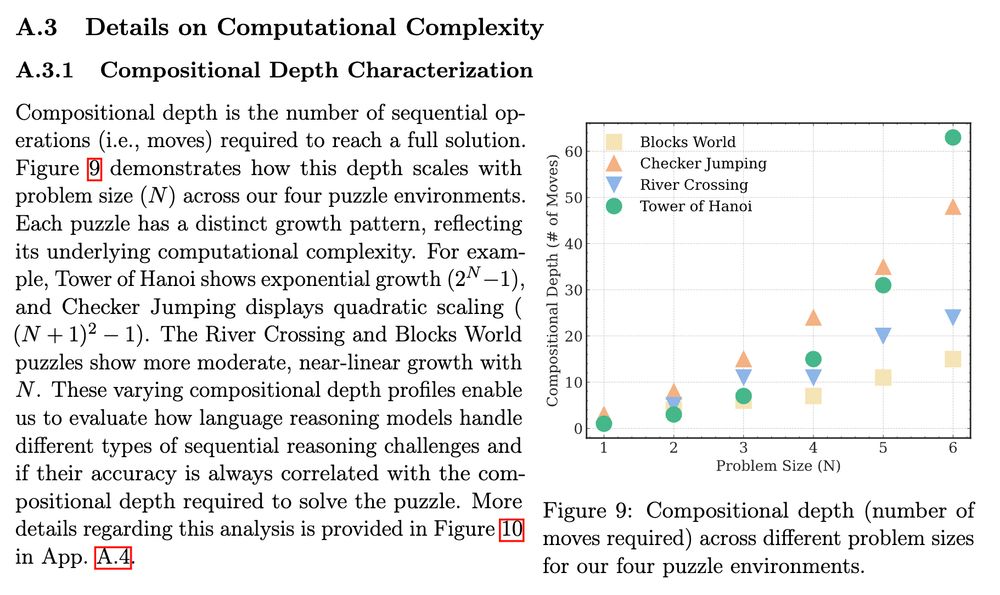
It finds some "surprising" behavior of LRMs: they can perform 100 correct steps on the Tower of Hanoi, but only 4 steps on River Crossing.
x.com/MFarajtabar...
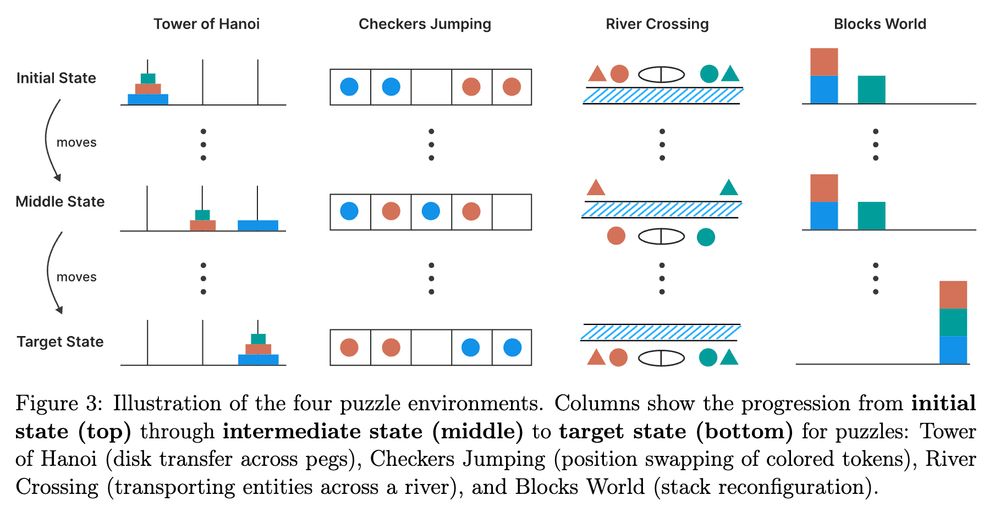
It finds some "surprising" behavior of LRMs: they can perform 100 correct steps on the Tower of Hanoi, but only 4 steps on River Crossing.
x.com/MFarajtabar...
Real-world scenarios introduce complexities—approximation errors, model dynamics, and training stochasticity can affect submodularity assumptions.
Practical methods must balance theoretical ideals with these realities.
8/11

Real-world scenarios introduce complexities—approximation errors, model dynamics, and training stochasticity can affect submodularity assumptions.
Practical methods must balance theoretical ideals with these realities.
8/11
An active learning experiment on MNIST using a LeNet-5 model with Monte Carlo dropout selecting via BALD scores (expected information gain).
We can visualize how sample informativeness evolves dynamically during training (w/ EMA for visualization):
6/11
An active learning experiment on MNIST using a LeNet-5 model with Monte Carlo dropout selecting via BALD scores (expected information gain).
We can visualize how sample informativeness evolves dynamically during training (w/ EMA for visualization):
6/11
It confidently rejects samples early, knowing that initially uninformative samples rarely become valuable later. This makes early filtering safe and efficient.
5/11

It confidently rejects samples early, knowing that initially uninformative samples rarely become valuable later. This makes early filtering safe and efficient.
5/11
It continuously re-evaluates sample informativeness during training. A sample highly informative initially might become redundant after training on similar examples.
4/11

It continuously re-evaluates sample informativeness during training. A sample highly informative initially might become redundant after training on similar examples.
4/11
3/11

3/11
Data Filtering rejects samples upfront before training starts (offline).
This significantly impacts how we approach data selection, but why should we phrase this as "selection vs. rejection"?
2/11
Data Filtering rejects samples upfront before training starts (offline).
This significantly impacts how we approach data selection, but why should we phrase this as "selection vs. rejection"?
2/11
What is the fundamental difference between active learning and data filtering?
Well, obviously, the difference is that:
1/11
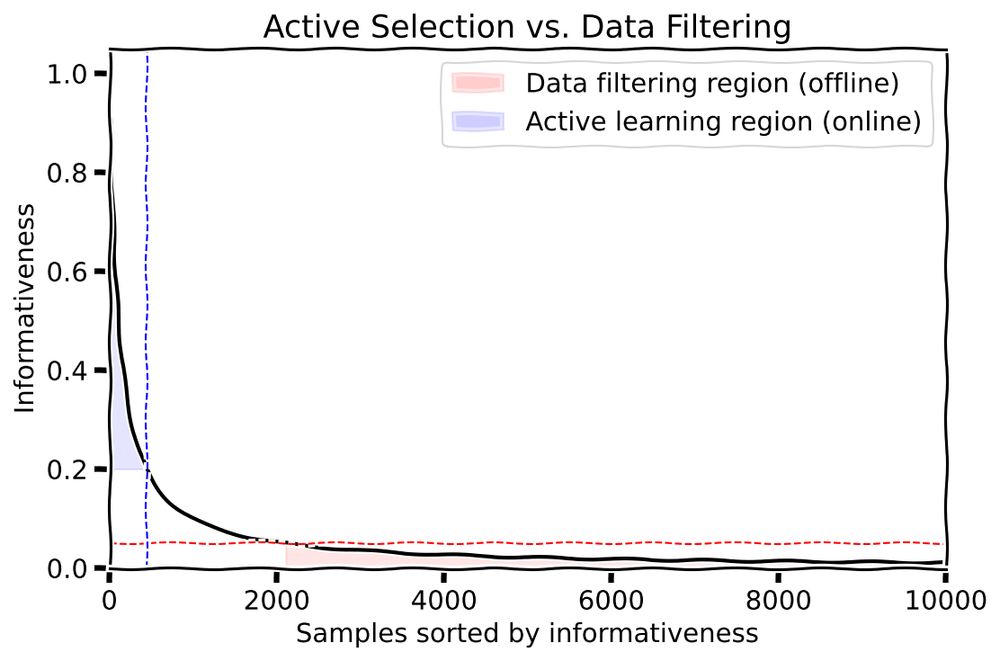
What is the fundamental difference between active learning and data filtering?
Well, obviously, the difference is that:
1/11



- Up to 94% reduction in labeling costs compared to baselines
- Consistently identifies the best model with significantly fewer labels
- Even in worst-case scenarios, selects models very close to the best

- Up to 94% reduction in labeling costs compared to baselines
- Consistently identifies the best model with significantly fewer labels
- Even in worst-case scenarios, selects models very close to the best
With thousands of pre-trained models available on platforms like @huggingface, how do we select the BEST one for a custom task when labeling data is expensive?
Blog post with details: www.blackhc.net/blog/2025/m...

With thousands of pre-trained models available on platforms like @huggingface, how do we select the BEST one for a custom task when labeling data is expensive?
Blog post with details: www.blackhc.net/blog/2025/m...
With @pokanovic.bsky.social, Jannes Kasper, @thoefler.bsky.social, @arkrause.bsky.social, and @nmervegurel.bsky.social

With @pokanovic.bsky.social, Jannes Kasper, @thoefler.bsky.social, @arkrause.bsky.social, and @nmervegurel.bsky.social
* Selection requires 2τn forward passes (fully parallelizable)
* 5× reduction in total compute when matching baseline performance

* Selection requires 2τn forward passes (fully parallelizable)
* 5× reduction in total compute when matching baseline performance
* Small auxiliary models (150M params) effectively select data for larger models (1.2B params)
* Continues improving even when selecting just 1 in 64 candidates from the training data

* Small auxiliary models (150M params) effectively select data for larger models (1.2B params)
* Continues improving even when selecting just 1 in 64 candidates from the training data


25× data reduction for Books domain adaptation
11× data reduction for downstream tasks
All while maintaining the same performance levels!

25× data reduction for Books domain adaptation
11× data reduction for downstream tasks
All while maintaining the same performance levels!

